Sir Terry Leahy this week became the third supermarket CEO to predict that food price inflation has peaked.
As Tesco announced a 3.7% increase in like-for-like sales in the six months to 23 August, Leahy said: “I think the peak has passed now so you are seeing food inflation coming down.”
His comments echo the sentiments of Asda’s Andy Bond and The Co-op Group CEO Peter Marks, who predicted prices had reached the top of the curve. But Richard Hodgson, commercial director of Waitrose, said he thought grocery prices would continue to rise for “some time” before inflation tailed off as he admitted rising commodity prices had bitten into Waitrose’s profit margins.
Speaking at the Tory Party conference, Hodgson said: “We are retailers, not speculators. I can’t see Waitrose making that statement until some time in the future. We are not buying forward on any of the world markets because we don’t know, we genuinely don’t know [what is happening to prices].” Lamb was particularly affected, he added, with a “several per cent” decrease in margin.
Hodgson’s uncertainty was supported by predictions from leading meat, dairy and grain suppliers, who argued inflationary pressure was continuing to run through the chain.
While a report by analysts at Merrill Lynch predicted oil prices, which have been a key driver of food price inflation, may fall to $50 a barrel next year as the health of the global economy deteriorates, Peter King from key Tesco supplier 2 Sisters Food Group said the industry had entered much greater turbulence.
“Input prices are coming back but there are uncertainties about how quickly this will happen and by how much. The challenge is managing the volatility. Just last week we witnessed oil prices jump $25 in a day.”
Will Sanderson, corporate affairs director at Milk Link, said there was still a considerable amount of cost inflation to come. “We are pleased the oil price has come down off its peak, but we are seeing big increases in energy prices,” he said. “Oil and gas are obviously more expensive, so is the milk. Packaging has also gone up.”
It was too early to gauge whether food inflation had peaked because of the many factors affecting fresh produce, agreed Richard Crane, Deloitte partner. “Better growing conditions have been offset by pricier fertiliser and labour as well as more stringent herbicide restrictions. These all affect prices.”
However, supermarket executives did not rule out future prices altogether. As Tesco increased the price it paid to milk suppliers, Leahy believed “there still will be inflation, but not at the levels in the summer. We are starting to annualise some price increases, and [prices] are coming down,” he explained.
His comments echo the sentiments of Asda’s Andy Bond and The Co-op Group CEO Peter Marks, who predicted prices had reached the top of the curve. But Richard Hodgson, commercial director of Waitrose, said he thought grocery prices would continue to rise for “some time” before inflation tailed off as he admitted rising commodity prices had bitten into Waitrose’s profit margins.
Speaking at the Tory Party conference, Hodgson said: “We are retailers, not speculators. I can’t see Waitrose making that statement until some time in the future. We are not buying forward on any of the world markets because we don’t know, we genuinely don’t know [what is happening to prices].” Lamb was particularly affected, he added, with a “several per cent” decrease in margin.
Hodgson’s uncertainty was supported by predictions from leading meat, dairy and grain suppliers, who argued inflationary pressure was continuing to run through the chain.
While a report by analysts at Merrill Lynch predicted oil prices, which have been a key driver of food price inflation, may fall to $50 a barrel next year as the health of the global economy deteriorates, Peter King from key Tesco supplier 2 Sisters Food Group said the industry had entered much greater turbulence.
“Input prices are coming back but there are uncertainties about how quickly this will happen and by how much. The challenge is managing the volatility. Just last week we witnessed oil prices jump $25 in a day.”
Will Sanderson, corporate affairs director at Milk Link, said there was still a considerable amount of cost inflation to come. “We are pleased the oil price has come down off its peak, but we are seeing big increases in energy prices,” he said. “Oil and gas are obviously more expensive, so is the milk. Packaging has also gone up.”
It was too early to gauge whether food inflation had peaked because of the many factors affecting fresh produce, agreed Richard Crane, Deloitte partner. “Better growing conditions have been offset by pricier fertiliser and labour as well as more stringent herbicide restrictions. These all affect prices.”
However, supermarket executives did not rule out future prices altogether. As Tesco increased the price it paid to milk suppliers, Leahy believed “there still will be inflation, but not at the levels in the summer. We are starting to annualise some price increases, and [prices] are coming down,” he explained.
tesco ups price paid to suppliers
Despite Sir Terry’s optimism, Tesco this week recognised continuing inflationary pressure in dairy by upping the price Tesco pays its milk suppliers 0.75ppl to a rate of 28.75ppl for the next six months. The increase, which Tesco said aimed to help farmers deal with high input cost pressure, is expected to be followed by other leading supermarkets. Despite industry speculation, Tesco added it had no plans to increase its milk retail price following the launch of Fresh’n’Lo.
Despite Sir Terry’s optimism, Tesco this week recognised continuing inflationary pressure in dairy by upping the price Tesco pays its milk suppliers 0.75ppl to a rate of 28.75ppl for the next six months. The increase, which Tesco said aimed to help farmers deal with high input cost pressure, is expected to be followed by other leading supermarkets. Despite industry speculation, Tesco added it had no plans to increase its milk retail price following the launch of Fresh’n’Lo.



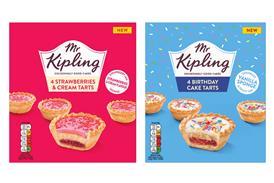







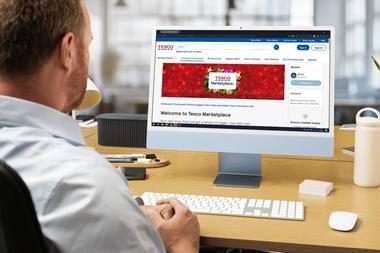


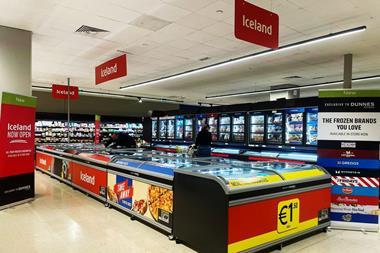
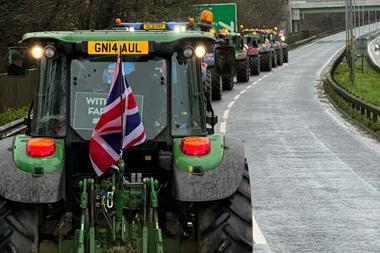

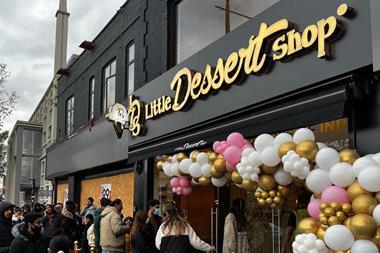
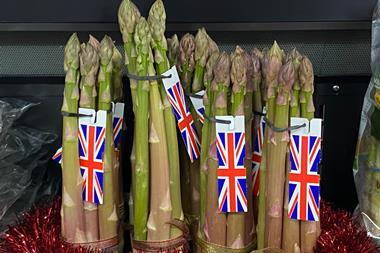
No comments yet